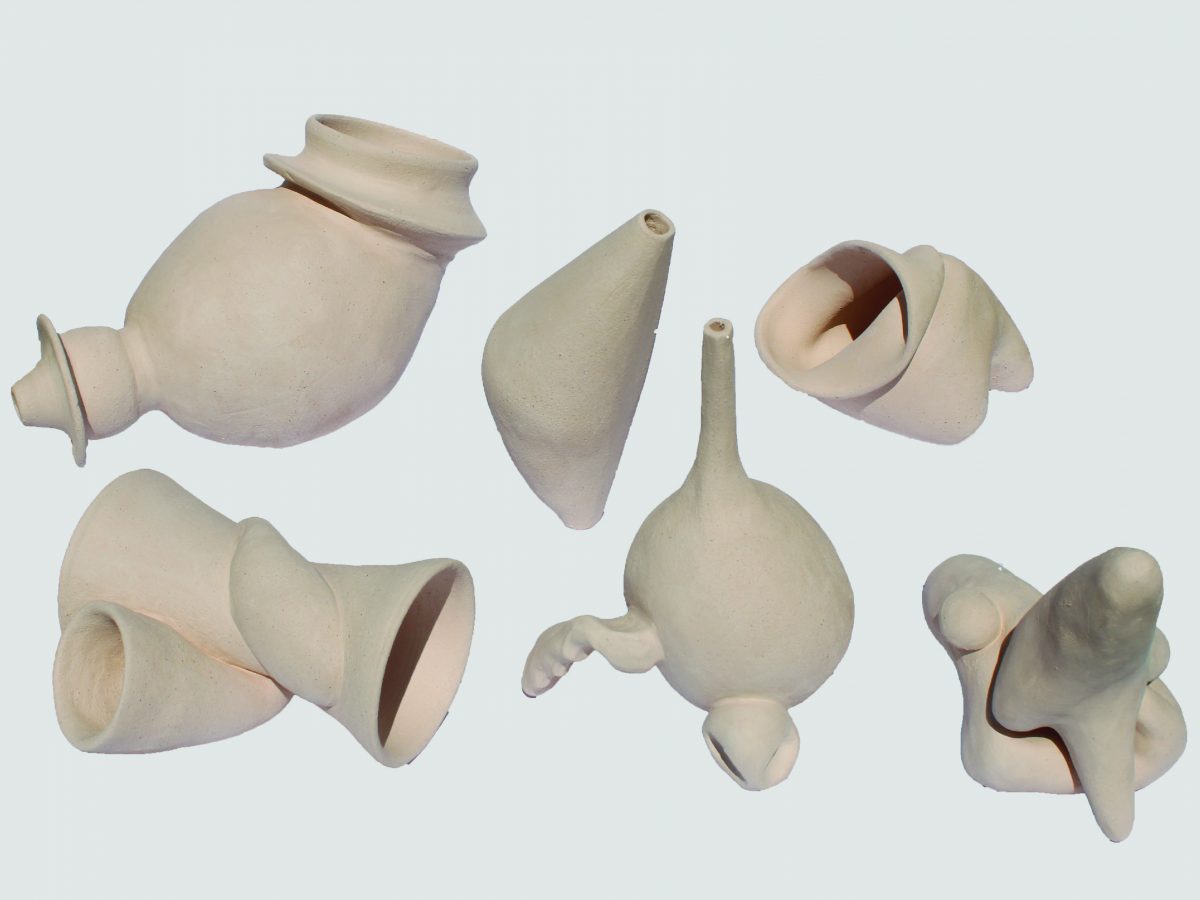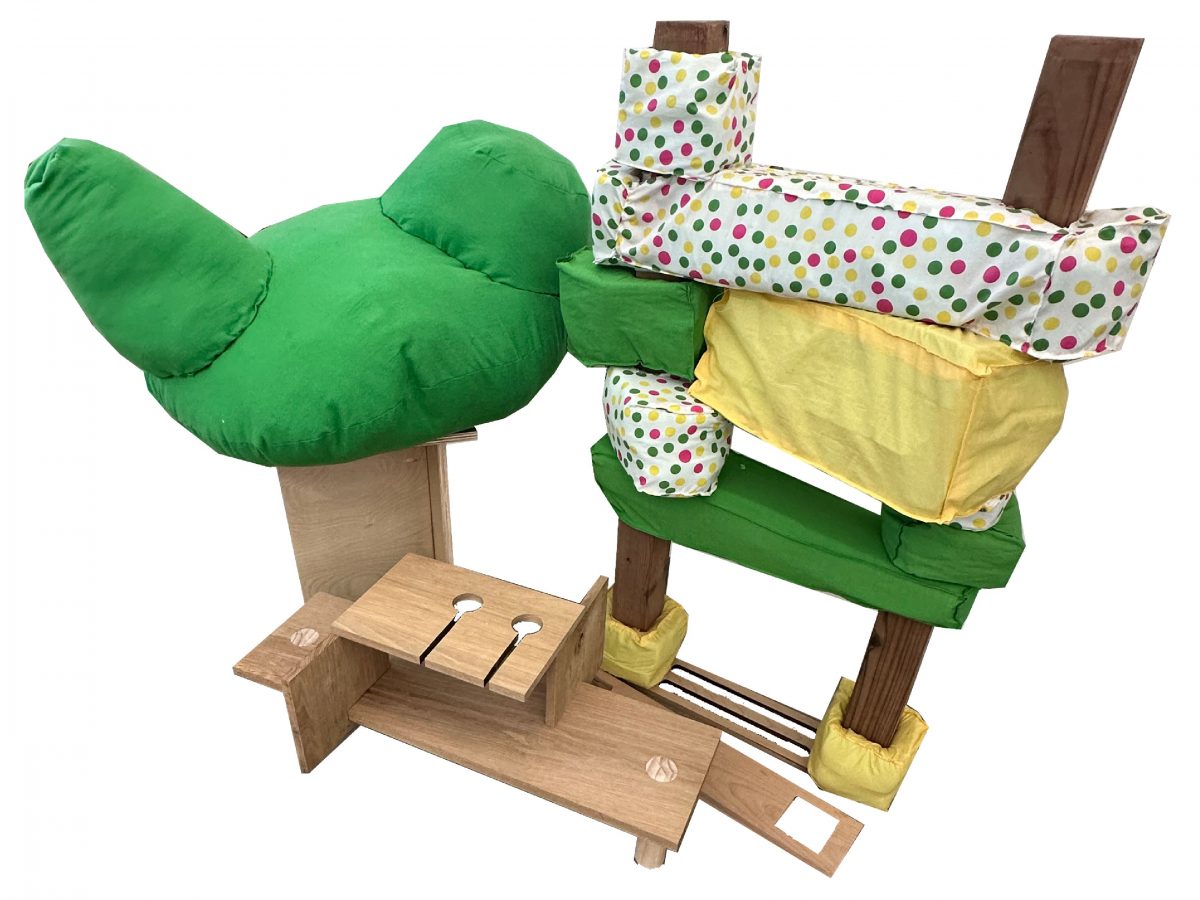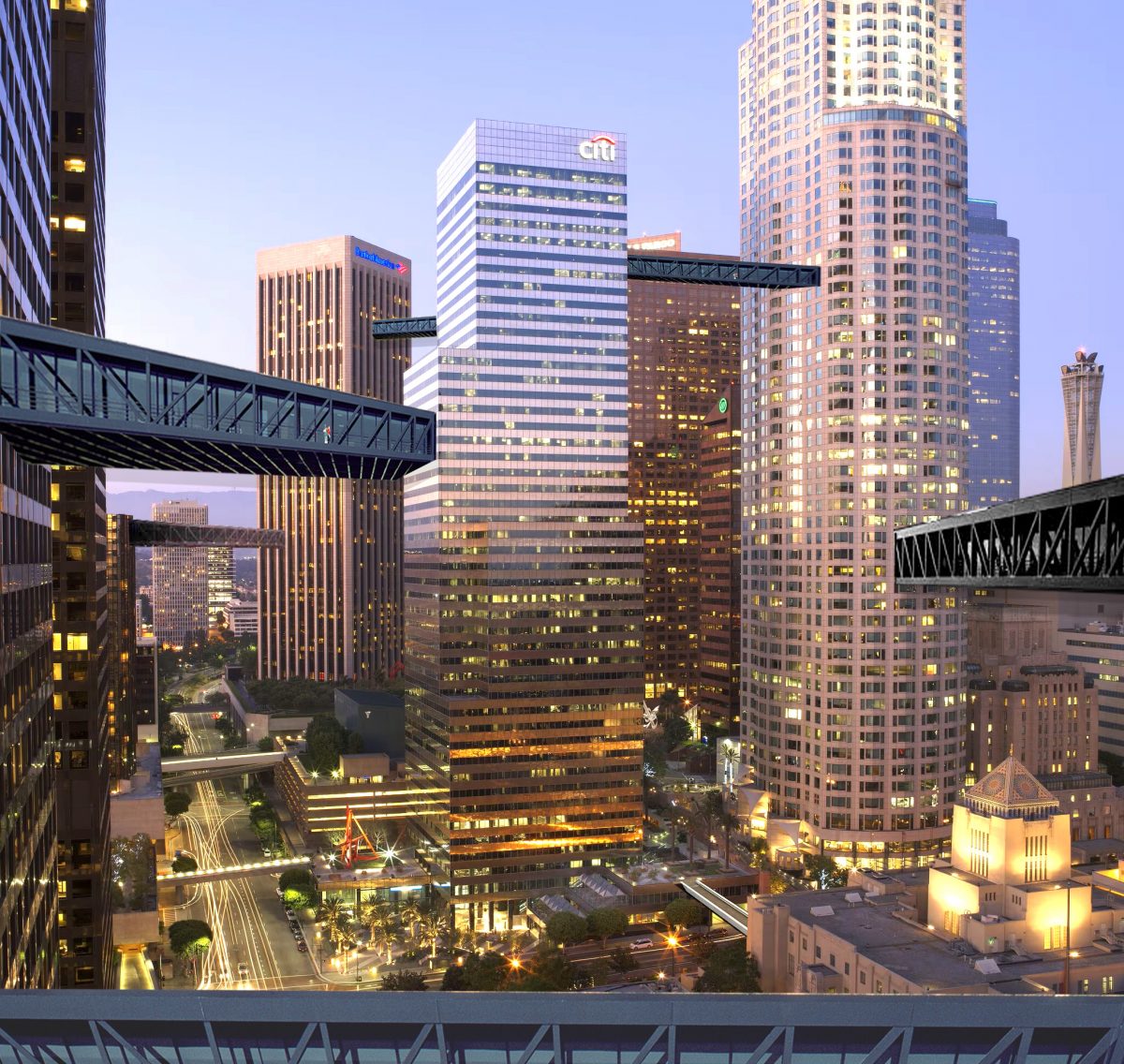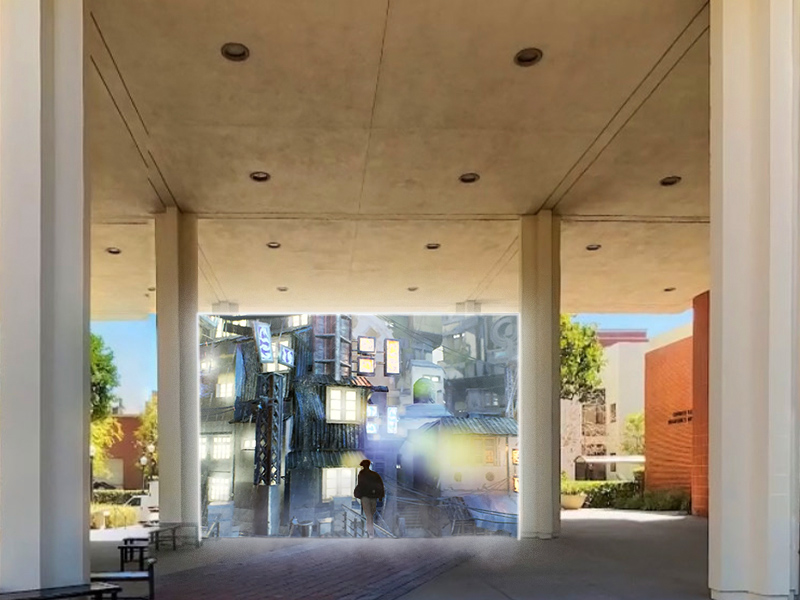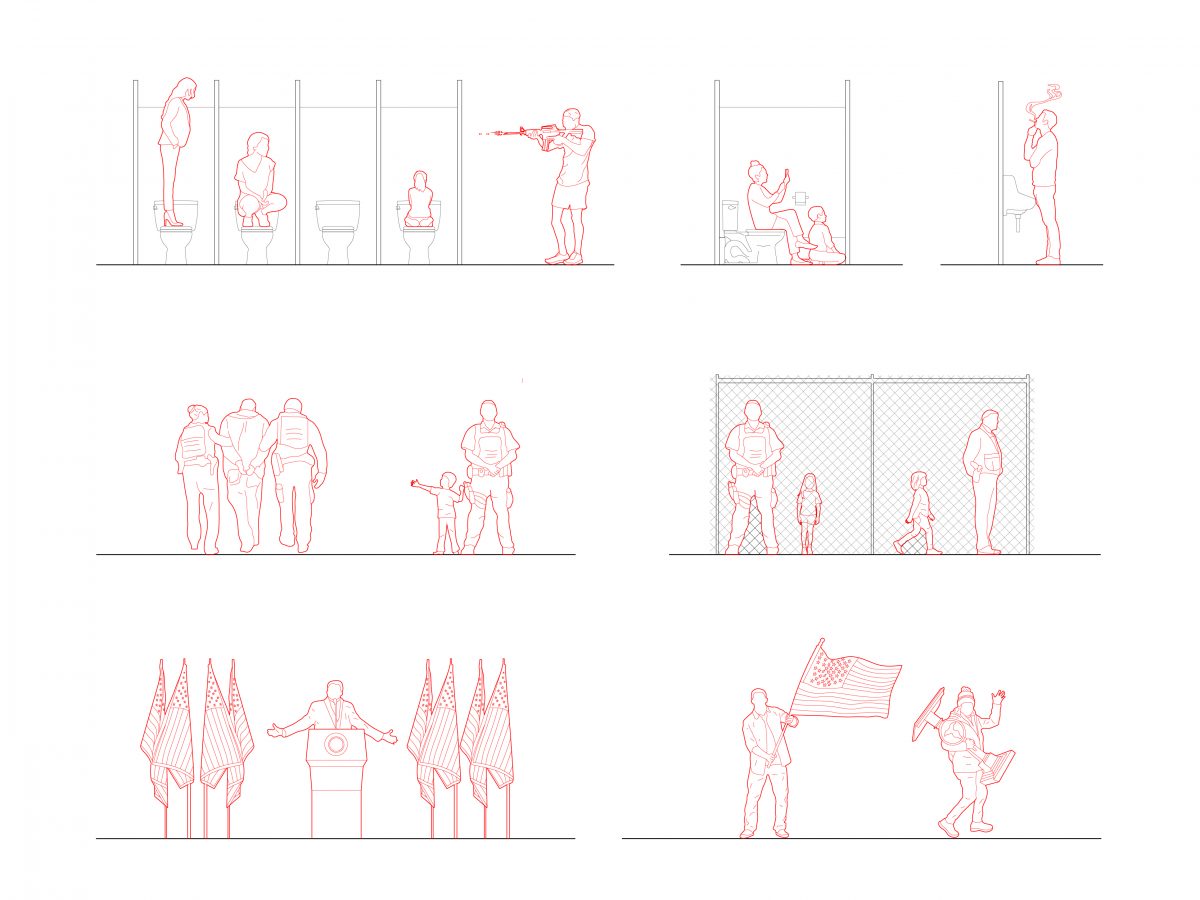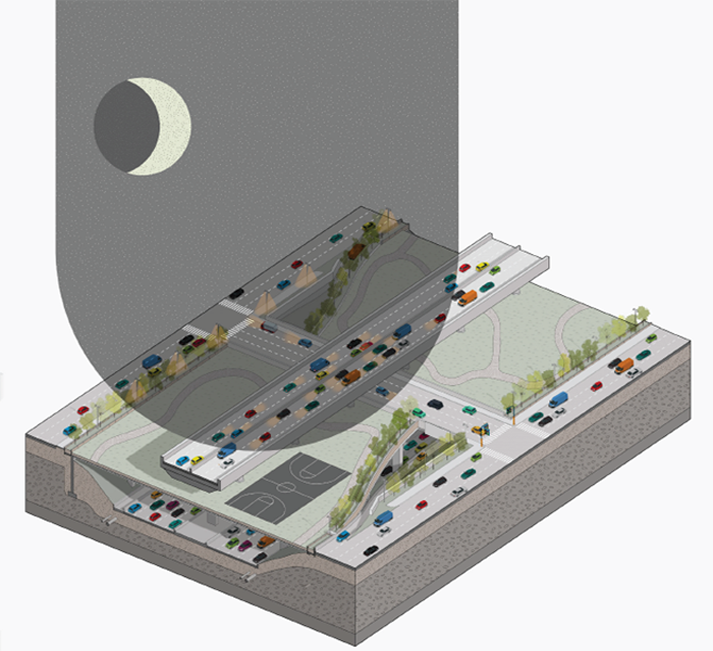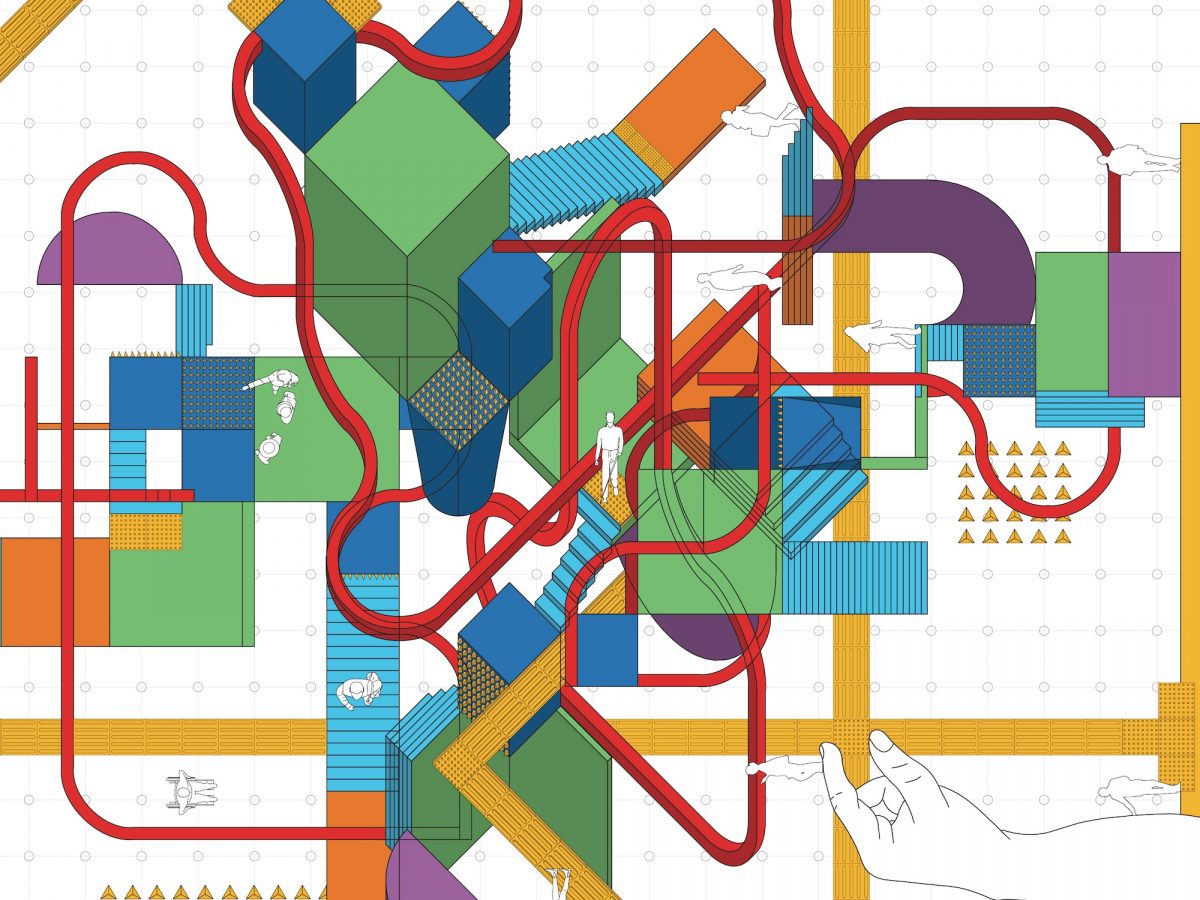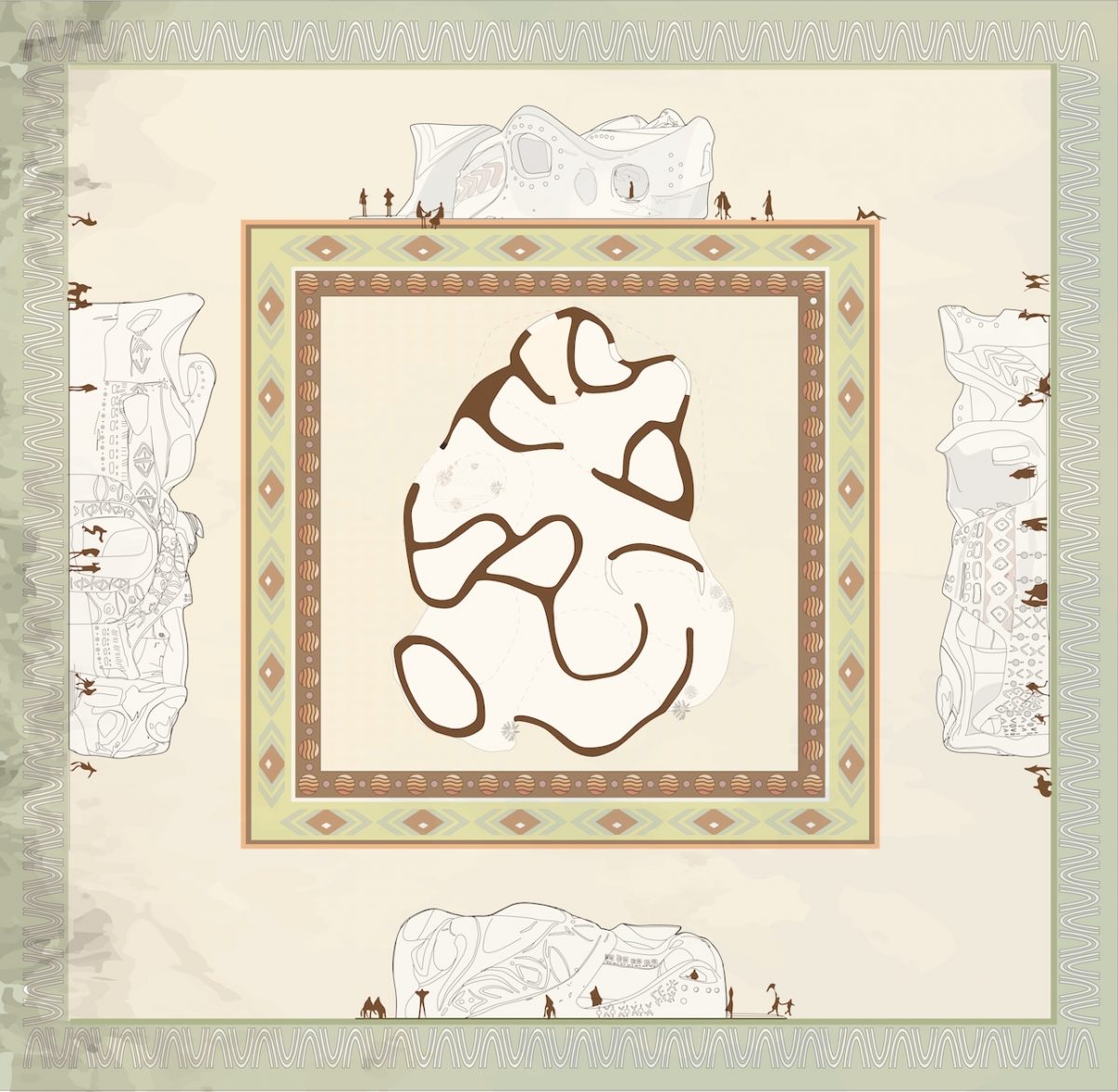By using ceramics as a framework to influence architectural spaces, this thesis explores the transformative potential of ceramics in architecture structurally and aesthetically. Between these two fields, coexist fundamental principles about their longevity, typology, and the transformative nature of their processes. The exploration of form, space, structure, and materiality are all relevant discussions between both mediums. Much like the arduous labor of transformative processes clay undergoes to become ceramic, architectural projects undergo varying degrees of transformative processes through the form of transferring ideas through sketches, to programs, and ultimately into the built environment.
